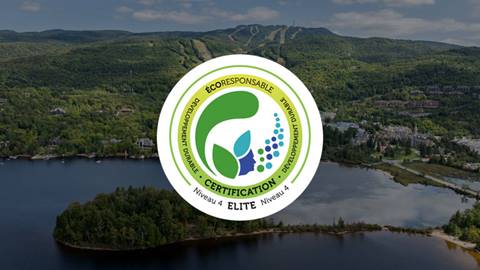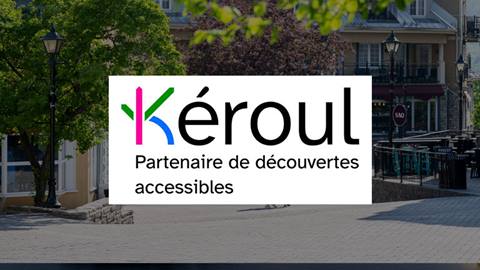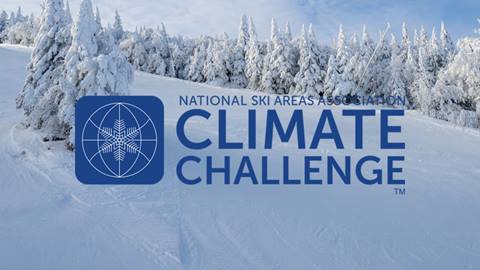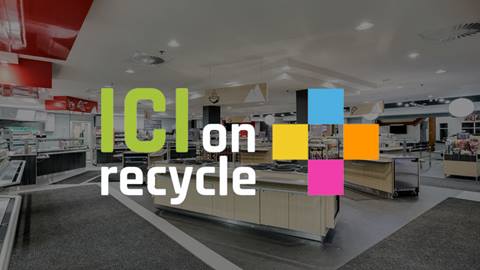
Eco-responsibility
Sustainability at the Heart of Our Identity
In 2024, Mont Tremblant Resort became the first company in Québec to obtain Level 4 certification from the Eco-Responsible Program of the Conseil des industries durables.
Five years after joining the program, Mont Tremblant Resort has now reached its highest level of certification. Audited by Ecocert Canada, this recognition highlights ongoing efforts and reflects Tremblant Resort’s strong commitment to sustainable development.

Environmental issues are certainly a priority for us, but this type of program has a much broader impact—it helps educate our employees, visitors and children on healthy environmental practices that go well beyond our facilities. Our goal is to ensure future generations can enjoy nature-filled experiences as rich and fulfilling as those we live today.
– Patrice Malo, President and Chief Operating Officer of Mont Tremblant Resort
rich-text, responsive-table
More than 20 years of Major Achievements
Tremblant is committed to a sustainable development model and takes concrete action to protect its environment.rich-text, responsive-table
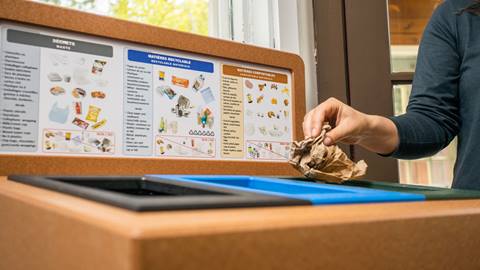
Circular Economy
The circular economy is the first focus area of the Sustainable Development Action Plan. It is built around two main objectives: responsible sourcing and residual materials management. It also involves developing a network of collaborators and engaging the various stakeholders connected to Mont Tremblant Resort.
• Implementation of a residual materials management plan
• Completion of a residual materials characterization study
• Can recycling program for the Fondation La Traversée
• Second life program for old uniforms
• Implementation of a residual materials management plan
• Completion of a residual materials characterization study
• Can recycling program for the Fondation La Traversée
• Second life program for old uniforms
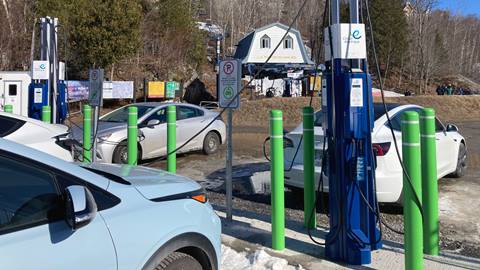
Sustainable Mobility
Sustainable mobility refers to all alternatives to single-occupancy vehicles. This second area of focus in the PADD targets the transportation of both employees and guests, with clear goals to reduce greenhouse gas emissions related to Mont Tremblant Resort’s operations.
• Installation of electric vehicle charging stations
• New ground shuttle service between YUL Montréal Airport and Tremblant
• Acquisition of electric carts for pedestrian village maintenance
• “Cut Your Engine” awareness program
• Installation of electric vehicle charging stations
• New ground shuttle service between YUL Montréal Airport and Tremblant
• Acquisition of electric carts for pedestrian village maintenance
• “Cut Your Engine” awareness program
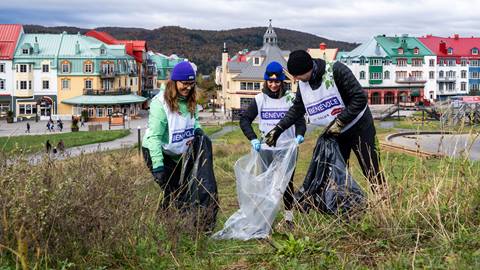
Nature-based Tourism
Protecting the environment is one of our top priorities. Preserving our natural heritage is the key objective of this third focus area in our action plan.
• Donation of a protected nature reserve along the Diable River
• Major spring and fall clean-up efforts
• 1 hire = 1 tree mountain reforestation program
• Environmental assessment carried out for Le Diable golf course
• Educational initiative Keep Your Mountain Clean
• Donation of a protected nature reserve along the Diable River
• Major spring and fall clean-up efforts
• 1 hire = 1 tree mountain reforestation program
• Environmental assessment carried out for Le Diable golf course
• Educational initiative Keep Your Mountain Clean

Respect for the community
Respect for the community is reflected in a range of goals aimed at supporting stakeholders in the transition toward sustainable tourism, adapting the visitor experience for people with reduced mobility, and innovating to attract and retain new talent.
• Implementation of the eco-event guide
• MON Tremblant program
• Support program for the 24h Tremblant
• Support program for the Fondation Tremblant
• Food donation drive for La Samaritaine
• Eco-ideas challenge
• Implementation of the eco-event guide
• MON Tremblant program
• Support program for the 24h Tremblant
• Support program for the Fondation Tremblant
• Food donation drive for La Samaritaine
• Eco-ideas challenge
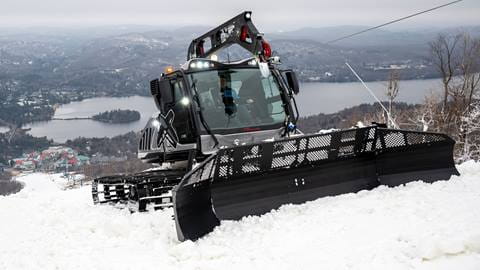
Climate Change Adaptation
This focus area includes innovative solutions to be explored to help Mont Tremblant Resort adapt to the realities of climate change.
• Energy consumption audit and GHG emissions calculation
• Water consumption audit
• Installation of smart thermostats
• Gradual replacement of groomers with Stage 5 models
• Installation of high-performance, energy-efficient snowguns
• Donations to Carbone boréal
• Energy consumption audit and GHG emissions calculation
• Water consumption audit
• Installation of smart thermostats
• Gradual replacement of groomers with Stage 5 models
• Installation of high-performance, energy-efficient snowguns
• Donations to Carbone boréal
rich-text, responsive-table
Go Further
rich-text, responsive-table
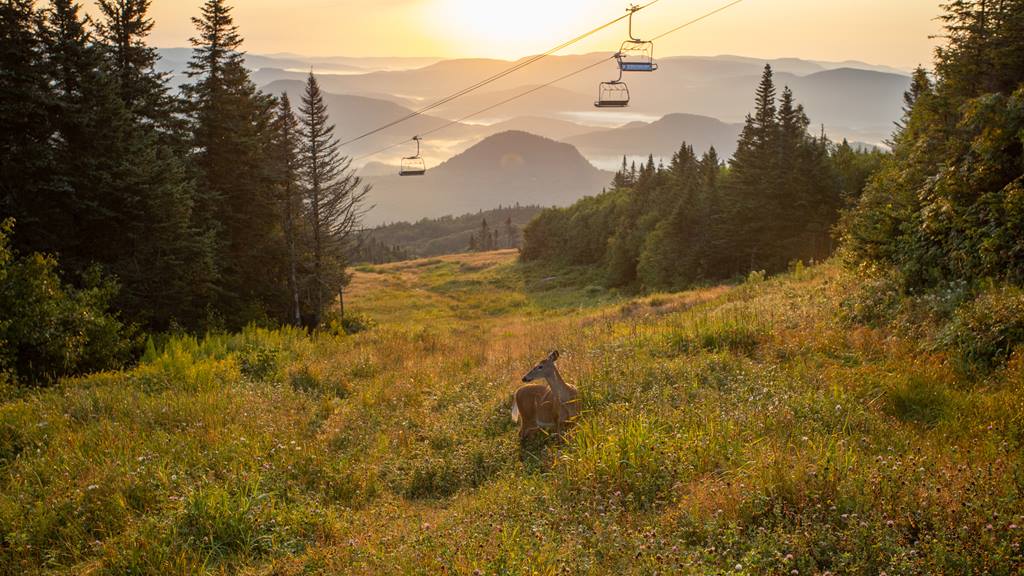
Summary of your compensation since 2021
-
trees planted
3544 -
tonnes of CO2 equivalent offset
496
rich-text, responsive-table



